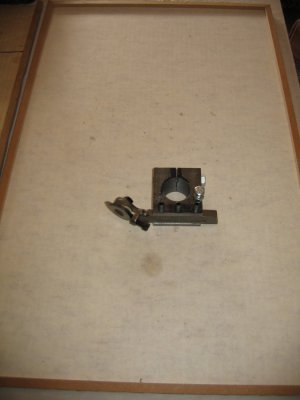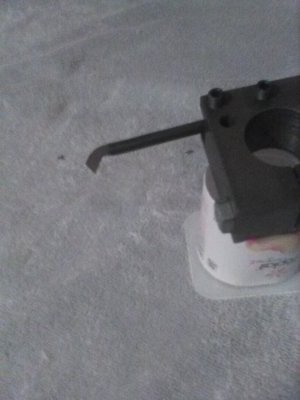- Joined
- Sep 1, 2020
- Messages
- 554
Some firsts and/or things I have not done in a long time so really fun customer project. Cutting a 51mm x 1.5mm thread in some strut tubes for a 1989 Buick Reatta. Parts are not available anymore so the customer came up with a modified design that would use the strut from another Buick inside his existing tubes. Just needed them threaded for the nut that goes with the newer Strut.
Used my steady rest, which I almost never use and threaded away from the chuck, which worked awesome for this internal thread to a blind shoulder. Metric thread so I could not disengage the half-nuts. Overall good learning and, cutting away from the chuck allowed me to cut at a decent speed and not have to worry about stopping in a 0.6mm wide groove. Did a practice run in some Aluminum, since these tubes are the part he is no longer able to get so good stress test as well to make sure I did not mess them up. Happy with how they turned out, the customer says he has a few other Reatta owners waiting to see how this turns out so may be some other people looking for a local machinist to help them out with their mods.
Used my steady rest, which I almost never use and threaded away from the chuck, which worked awesome for this internal thread to a blind shoulder. Metric thread so I could not disengage the half-nuts. Overall good learning and, cutting away from the chuck allowed me to cut at a decent speed and not have to worry about stopping in a 0.6mm wide groove. Did a practice run in some Aluminum, since these tubes are the part he is no longer able to get so good stress test as well to make sure I did not mess them up. Happy with how they turned out, the customer says he has a few other Reatta owners waiting to see how this turns out so may be some other people looking for a local machinist to help them out with their mods.



